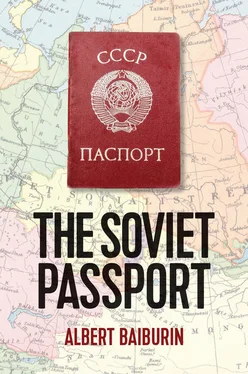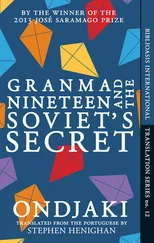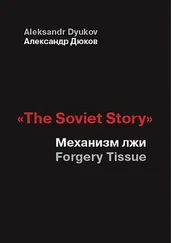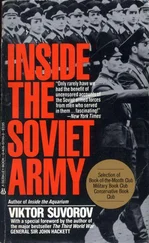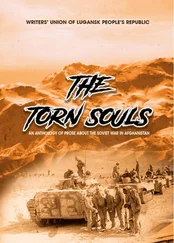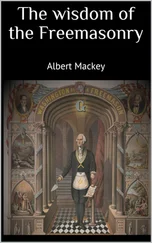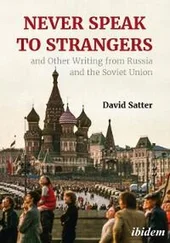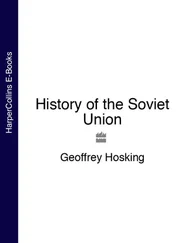1 ...6 7 8 10 11 12 ...27 The presence of the passport as a certificate of identity confirms that the person’s identity has been established and no further proof of identity is needed (or if it is necessary this is done by producing the actual document). The document itself provides the necessary proof, with all the information contained therein (such as the photograph and the age of the bearer); the visual appearance of the holder has been established, which means this has been authenticated. 23
The type of check carried out – the actual act of certifying a person’s identity – also depends on the particular situation. In an official institution, a pass should be shown even when the person checking passes knows the bearer well. It is assumed that there is a purpose to the identification process, which is just as important as knowing who the person is. On entering a public library, it is sufficient to flash your reader’s ticket without even opening it; and a full-time member of staff of an institute may not even have to show any identification. They may have to show their pass only if there is a check in progress. Naturally, it helps if you have good relations with the person checking passes (if there is one); how you show your pass; the condition it is in, and so on. But none of this has anything to do with the contents of the document. From this (purely pragmatic) point of view, the document ‘works’ depending on the context. Sometimes you have to show it clearly, on other occasions it all depends on your personal status.
An important element in researching documents is the question of trust. This became a subject of study at the start of the twentieth century. 24A new twist in this study is the need to define the understanding of the term and where it exists (as has been described by Piotr Sztompka, Geoffrey Hosking and others). 25Its role in particular circumstances needs to be clarified, including cases with documents, which can probably be considered as instruments ‘for formalizing the practice of trust’ (in the words of Irina Kaspe). However, this does not always happen, at least in Soviet practice.
The category of trust is fundamental, and not only for legal issues. It is the basic foundation for relations between people, because man has to consider the way he behaves. In so-called traditional cultures, trust was upheld by various exchanges, by social status and by class honour. It was always strengthened by specially designed, artificial practices, such as word of honour, oath and agreement. But it was vital that these ‘supports’ upholding trust lasted the test of time; hence the written form is so important. The document becomes one of – and, with time, the most important – support for trust.
Written documentation arose almost as soon as writing appeared, but it became especially significant in the modern age. The characteristics of this period are well known: the rationalization of all areas of the life of society; greater mobility; economic growth; greater public activity; the spread of accounting and measuring practice; the dawn of statistics and the census; the list goes on, and all of this was accompanied by a greater emphasis on the person, a previously unknown acceptance of their individuality, not to say their uniqueness. But perhaps the changes taking place with the person themselves represented the most important characteristic of all: they were becoming an active subject.
With social activity growing, certain persistent problems needed to be solved, such as how to maintain trust in an ever-widening circle of contact with strangers. This new situation demanded new forms of responsibility – not only collective, but individual, too. It follows that the need for identification became more urgent, which was not possible without some form of documentation. What’s more, it became important somehow to define trust: what should be taken not simply in good faith but can be verified by something or someone. One of the reasons why documents became so widespread was the lack of trustworthy information in relations between elements in society.
The widespread use of documents demonstrates that, along with the practice of ‘horizontal’ trust, various forms of ‘vertical’ trust took hold, too. If the former operate between ordinary members of society, the latter should govern the relationship between a person and the institutions of the state as well as interactions with ‘others’. I deliberately wrote ‘should’. In Russian circumstances these types of constructions did not always work, as constantly noted in literary and other sources, and in particular when it came to documents. The passport became mainly the embodiment of a lack of trust towards the citizen. In his review of The Status of the Document (edited by Irina Kaspe), Dmitry Kalugin notes that in Russia the document,
… from the very beginning was a hostile force, standing against the citizen and the whole world, as an iron law of coercion and an instrument of social training, having its own logic, unfamiliar to the person to whom it is supposed to relate. This determines the status of the document, not only in a bureaucratic sense but, in actual fact, existentially, setting the basic parameters both for life itself and for the way in which it is represented. 26
One might assume that trust was incompatible with the Soviet policy of coercion; but, as recent research has shown, this was not in fact the case. In Stalin’s and Brezhnev’s times, various types of trust did exist, based on both personal relations (through such phenomena as personal contact and blat 27) and accepted rules in the demimonde (for example, in criminal circles). Even in the power structures relations could develop based on trust, supported by institutional practices, kompromat , and so on. 28The passport and similar documents which many people viewed suspiciously because they came from the authorities, nevertheless provided an essential level of trust in contacts between the citizen and officialdom, and sometimes even in informal contacts.
From a theoretical point of view, a number of concepts have real significance for my work. First of all, these might include the ideas initiated by Max Weber around the study of bureaucratic forms of government, 29which have since been widely influential. The thoughts of Pierre Bourdieu are also of particular importance, and especially his work about the field of bureaucracy, in which he says that,
Beyond the intuitive half-understanding that springs from our familiarity with the finished state, one must try to reconstruct the deep sense of the series of infinitesimal and yet all equally decisive inventions – the bureau, signature, stamp, decree of appointment, certificate, register, circular, and so on – that led to the establishment of a properly bureaucratic logic, an impersonal and interchangeable power that, in this sense, has all the appearances of ‘rationality’ even as it is invested with the most mysterious properties of magical efficacy. 30
Relating this to the certification of a person, this ‘mysterious efficacy’ leads, as well as everything else, to the formation of individual identity in a unified system; yet another oxymoron typical of bureaucratic logic.
The bureaucratization of society is one of the most notable cultural developments in the modern era. 31Using documents, state institutions placed various aspects of life under a special regime. These were mainly those connected to the person and their place in time and space. As mentioned above, the authorities consider such a regime essential in order to strengthen what they regard as most important when it comes to trust. But not only for this. When something needs to be altered, they believe, this should be conveyed in the official language of the document. This means that the document itself becomes a template for the changes that the state wants. This fits Bourdieu’s and Michel Foucault’s ideas about the state wanting to exert maximum control not only over a person, but symbolically over the way he or she defines themselves, calls themselves, or classifies themselves. 32What’s more, as Anthony Giddens writes, in contemporary societies a similar level of control is exercised mainly with the aid of documentation. 33
Читать дальше
